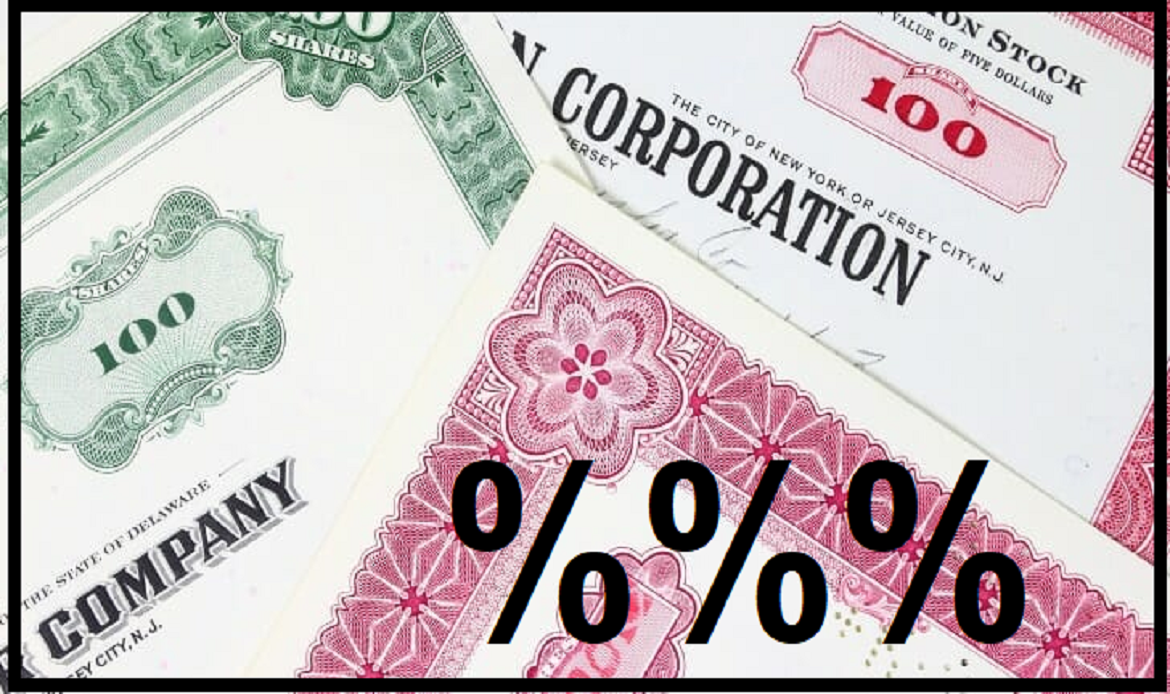Figuratively, a leg is one part or one side of a transaction/ trade/ instrument, spread, etc., that has multiple steps or parts (multi-leg). For example, in simple terms, every transaction is said to have two legs: a seller and buyer, a lender and borrower, etc. Typically, a leg involves standalone steps: a securities trade typically results in an obligation for the seller to deliver securities (securities leg) and a corresponding obligation for the buyer to deliver a cash amount (cash leg).
With respect to a derivative, a leg is one step in a multi-leg transaction. Each leg is associated with a specific order number. Examples of such transactions include strips, packs, bundles and calendar spreads. For each tradable month in the term range (start and end range) constitute a leg, and like legs of a spread, each contract (component) is presented separately on the trade ticket.
In the context of trading, a leg is a single position taken in a trade.






